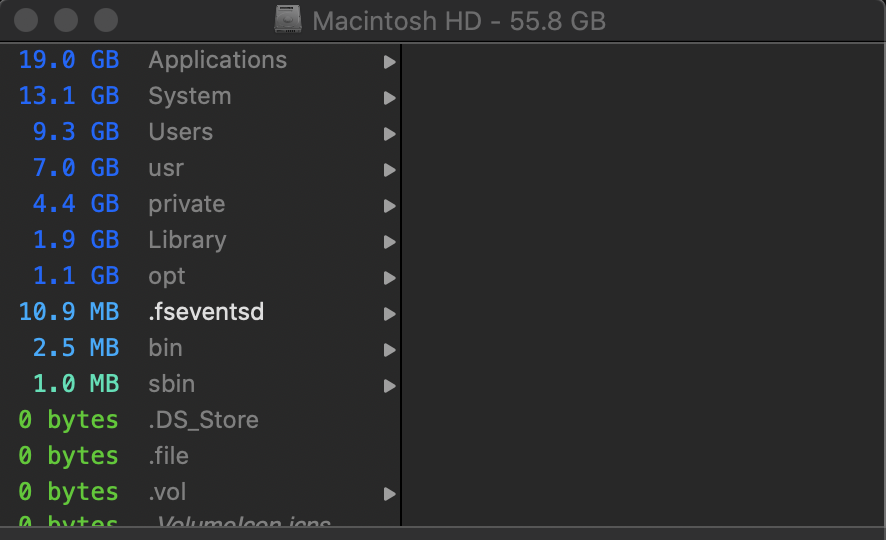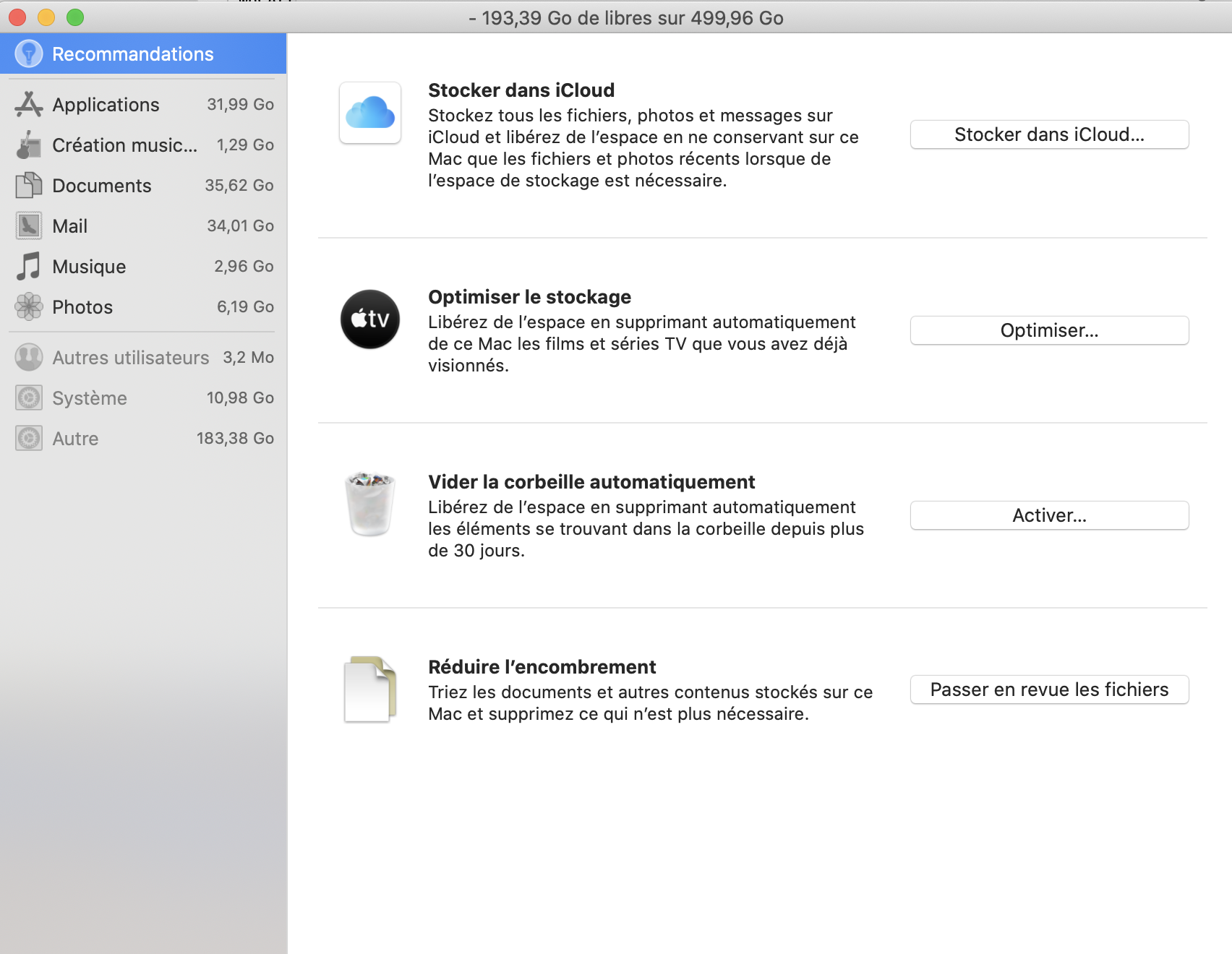
- #Omnidisksweeper sudo how to#
- #Omnidisksweeper sudo install#
- #Omnidisksweeper sudo full#
- #Omnidisksweeper sudo free#
I turned off Finder integration again and relaunched the Finder, and I haven’t seen any problems in a week since. After re-enabling Dropbox’s Finder integration, a week of solid performance was ended when the Finder choked while browsing one of these folders, which has some 8800 items in it.
#Omnidisksweeper sudo full#
However, I have some folders that are legitimately large and not just full of junk. It doesn’t make sense that this could be true of folders outside the Dropbox folder, but after I cleaned much of the junk out of my Downloads folder - it had over 1500 items in it and consumed over 26 GB - I was able to re-enable Dropbox’s Finder integration without bringing back the beachballs or freezes. I wasn’t thrilled about losing those capabilities, so I kept searching.Įventually, I found some hints that a folder containing a very large number of files could cause Dropbox, and thus the Finder, to choke. The downside to disabling Dropbox’s Finder integration is that doing so eliminates the sync icons in the Finder for files and folders synced with Dropbox, along with the special Dropbox options in the Finder’s contextual menu. Click the gear icon in the upper-right corner and choose Preferences.Click the Dropbox icon in the menu bar.I kept looking for a solution that didn’t involve repaving my iMac, and after some spelunking through the Internet, I found that turning off Dropbox’s Finder integration fixed the problem. The main thing I had left to try was a clean install, but since I had done one of those when I installed macOS 10.12 Sierra, doing another so soon seemed excessive. On a hunch that Dropbox was somehow involved, I had even tried revoking its Accessibility access, and although that seemed to help for a while, the frequent beachballs returned.

I first tried all the usual fixes, like deleting all the Finder plist files in ~/Library/Preferences/ and running First Aid in Disk Utility. For more Dock tricks, see “ macOS Hidden Treasures: Dominate the Dock,” 6 March 2017.) (If you ever need to do this, hold down Option, click and hold the Finder icon in the Dock, and choose Relaunch. Specifically, I was seeing the dreaded beachballs of death far more often than I care to, and the Finder was freezing regularly, forcing me to relaunch it multiple times per day.
#Omnidisksweeper sudo free#

#Omnidisksweeper sudo how to#

Step 3 Open Terminal command and type this command: Sudo /Applications/OmniDiskSweeper.app/Contents/MacOS/OmniDiskSweeper
#Omnidisksweeper sudo install#
Step 2 Install OmniDiskSweeper on your mac and drag the launcher to the application Many tools in the App Store just won't do the trick, so I'm here to show you some root-level-access ways to clear, reduce and delete the 'other' section on your Mac and free up hard drive space. Since the launch of Yosemite (and the future release of El Capitan), file management has become a little more complicated. Yosemite Low Disk Space Issue Resolved 2022Įasy Steps to Delete "Other" Space and Speed Up Your Macįew things are more annoying than low disk space on your computer.


 0 kommentar(er)
0 kommentar(er)
